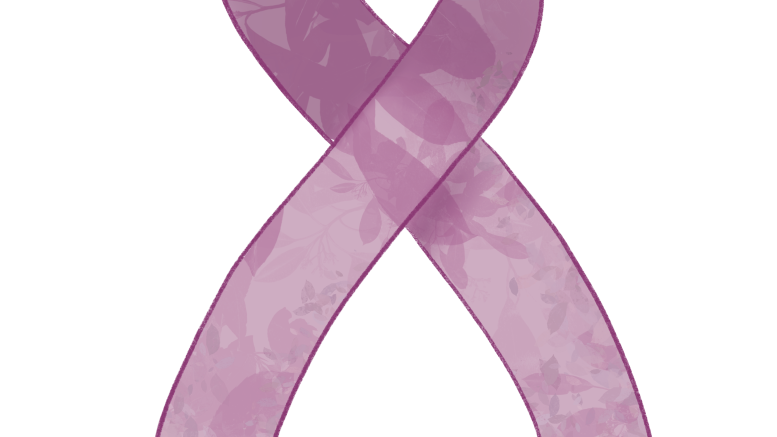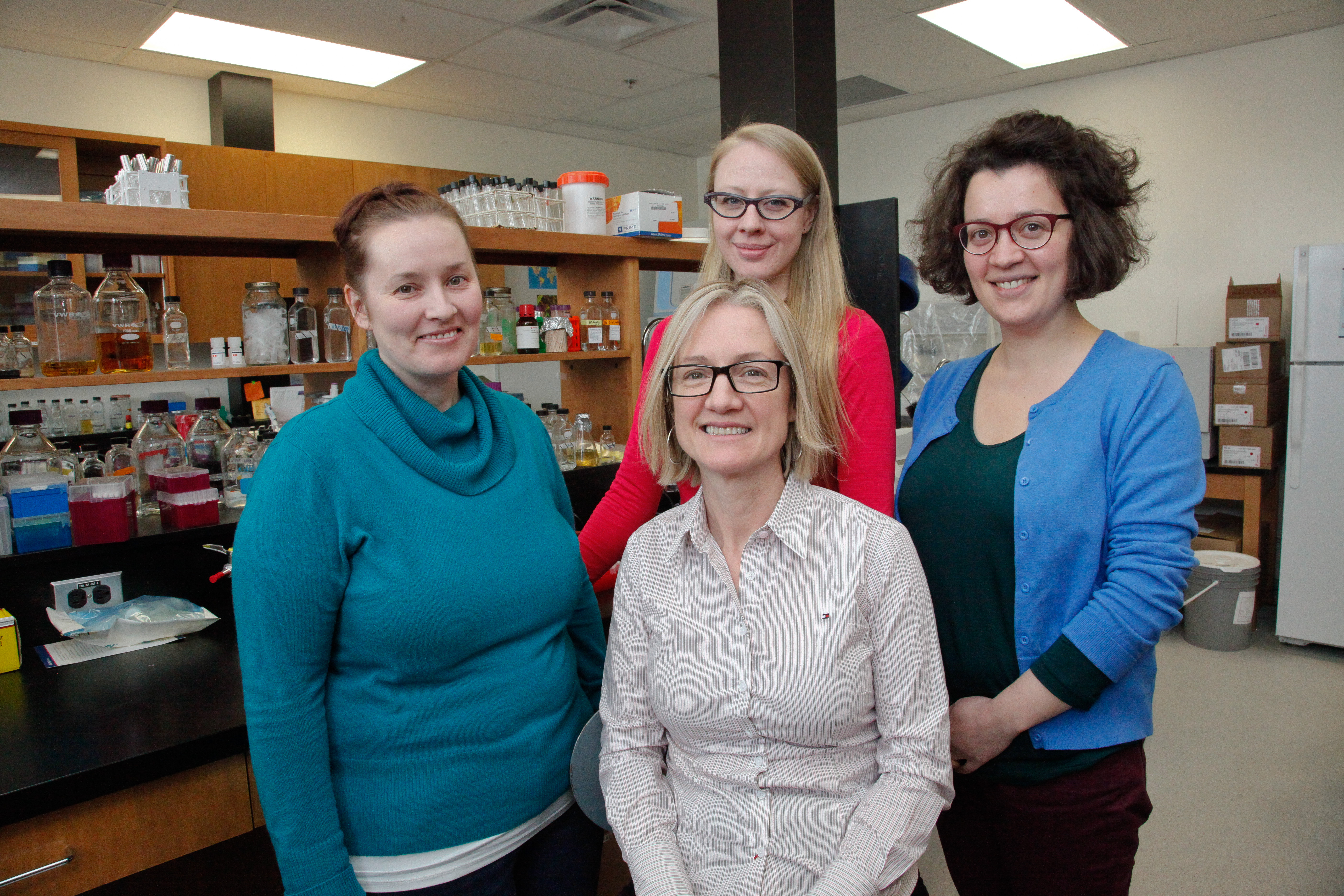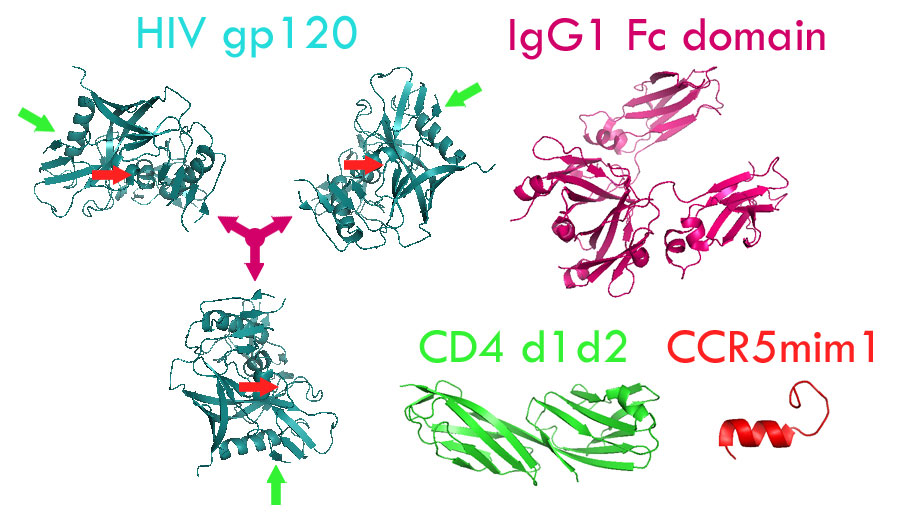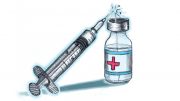One in eight cisgender Canadian women will develop breast cancer during their lifetime, and one in 34 will die from it. Not only is breast cancer the most common cancer among cis Canadian women, but it is also responsible for the deaths of over half a million women globally each year. Breast cancer presents one of the most pressing health challenges of our time.
U of M associate professor in the department of immunology Afshin Raouf’s research focuses on addressing these challenges. As a professor and as a senior scientist at CancerCare Manitoba, Raouf’s work involves developing more effective therapies for breast cancer tumours.
“We all want to improve patients’ quality of life,” Raouf said, referring to researchers in his field. “We want to improve survivorship and we want to be able to predict who will benefit from conventional therapies, and ultimately what we can do for those who are not a good candidate for conventional therapies.”
While past breast cancer research traditionally studied cancer cells in isolation, Raouf noted the flaws in this method. His approach examines how these cells function within the body.
“Cancer cells, just like any other cells in the body, just like us, are sociable beings,” Raouf said. “They like to be around other cells. They will behave differently when they are with their neighbours.”
He explained this behaviour can be observed in cancer tumours, as “the tumour is an ecosystem.”
This ecosystem contains several types of cells, including cancerous cells, blood vessels, immune cells and nerve cells.
Raouf’s research reconstructs this environment in a petri dish. He uses samples from patients to emulate the tumour microenvironment to examine the behaviour of breast cancer cells.
In the case of hormone-responsive breast cancer tumours — breast cancer tumours that have estrogen or progesterone receptors — Raouf said it is possible to predict which patients might not respond to conventional therapies by examining how breast cancer cells behave in this type of environment.
Conventional therapies generally treat hormone-responsive tumours using a variety of prescription drugs, surgery and chemotherapy. Chemotherapy may have lasting side effects, such as long-term effects to the lungs, heart, kidneys and reproductive organs. Surgical methods such as mastectomy, the removal of breast tissue, are invasive and may result in the patient experiencing a lower quality of life.
Raouf explained that a patient may undergo several years of conventional breast cancer therapies only to find them ineffective. By the time they are advised to switch to an alternative form of therapy, their diagnosis may have progressed and their tumour could have grown larger.
By modelling a patient’s cancer in the context of the tumour microenvironment, patients are better able to receive the best form of therapy right after their diagnosis.
“One shoe does not fit all,” said Raouf. “We need to get a little more clever and be more predictive in the way of personalized medicine.”
While the study of breast cancer remains complicated, Raouf emphasized that the improved techniques and devices used in current research are helping to shed light on the complex interactions of different components within the breast cancer tumour ecosystem.
Curiosity is an integral part of Raouf’s work in breast cancer research.
For Raouf, the role of researchers and the many medical students he interacts with at the Max Rady college of medicine is to learn how to ask questions and find answers.
“We should always educate ourselves, always read, so that our information comes from a well-informed place,” Raouf said.
He also emphasized that for scientific researchers, curiosity comes with responsibility.
“What you say carries a bit of weight,” he said. “Ask questions [and] find out answers so that when you give someone advice, it comes from a place of confidence.”





